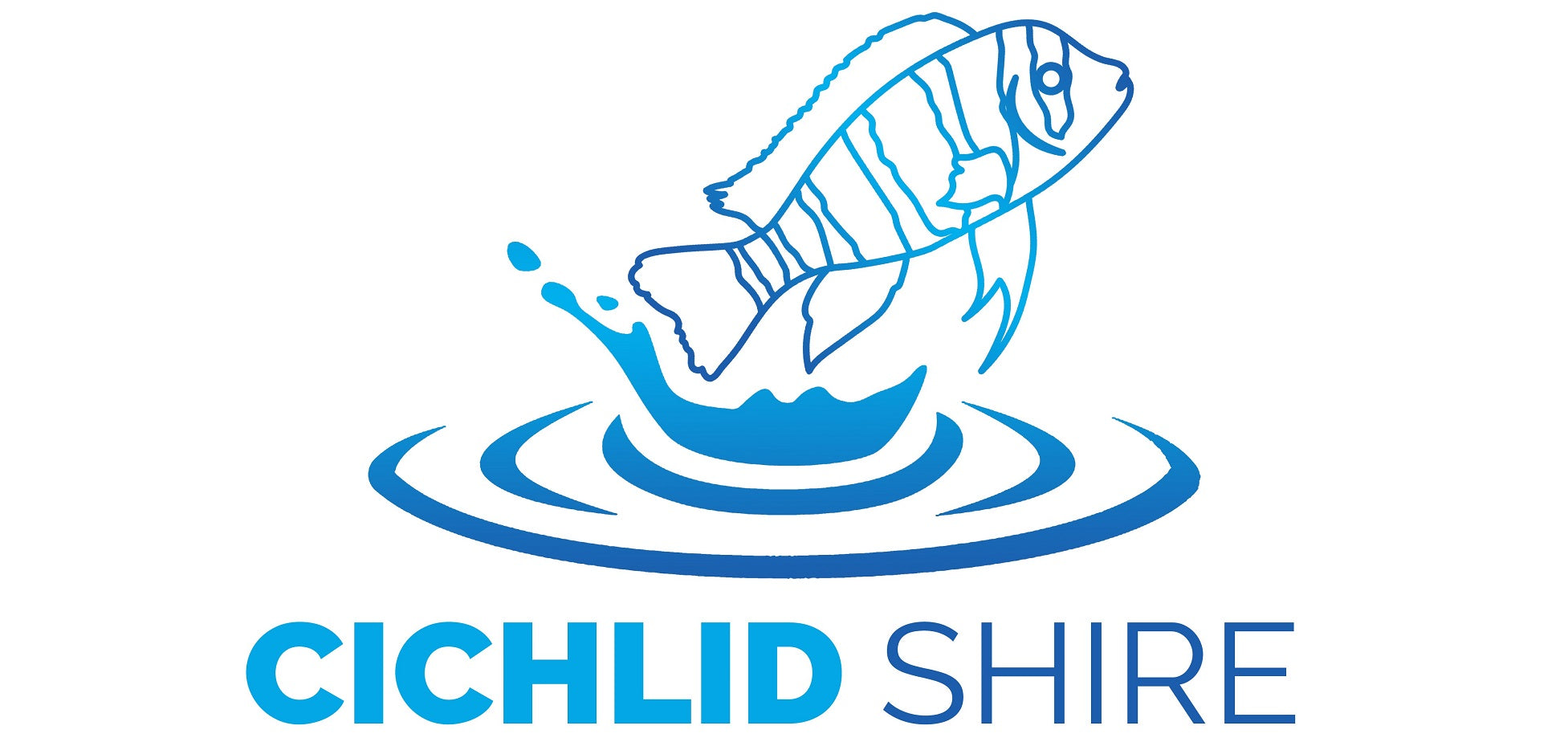Cichlid Care
Cichlids are a popular and fascinating group of fish that require specific care in order to thrive in an aquarium setting. Whether you're a seasoned aquarist or a beginner, understanding the key aspects of cichlid care is essential for ensuring the health and happiness of your fish.
| Aspect | Key Features |
|---|---|
| Tank Size | Provide a spacious tank appropriate for the size and number of cichlids |
| Water Quality | Monitor and maintain good water quality through regular water changes and testing |
| Diet | Feed a varied diet that includes a mix of pellets, frozen or live foods, and vegetables |
| Tank Mates | Choose tank mates carefully to avoid aggression and provide hiding spots and territories |
| Decorations | Provide hiding spots and territories with rocks, caves, and other decorations |
Table: Top 5 Most Important Aspects of Cichlid Care
Cichlid Care: Keeping Your Fish Healthy and Happy
Cichlids require a spacious tank that can accommodate their size and territorial behavior. Good water quality is essential for their health and well-being, and a varied diet that includes a mix of pellets, frozen or live foods, and vegetables is necessary to ensure they receive the proper nutrition. Choosing appropriate tank mates and providing hiding spots and territories through decorations are also important considerations in cichlid care.
While there are other important aspects of cichlid care such as temperature, lighting, maintenance, and acclimation, these five aspects are the most critical to ensuring the health and longevity of your cichlids.
African Cichlid Care
Proper cichlid care is crucial for the health and well-being of any African cichlid species. Optimal care involves providing a spacious tank or aquarium with plenty of hiding spots, a diverse diet that mimics their natural feeding behavior, and regular water changes to maintain good water quality.
To ensure a healthy cichlid aquarium, it's essential to avoid overstocking the tank with too many fish and or introducing aggressive or incompatible fish.
Monitor water parameters such as temperature, pH, and hardness. It's important to maintain good water quality by conducting regular water changes and using a high-quality filter. Keeping the tank clean by removing debris and uneaten food and performing regular maintenance, such as trimming plants and checking equipment, can prevent issues before they arise.
By adhering to these care instructions, you can create a thriving and vibrant African cichlid aquarium.
Cichlid Lifespan
Cichlids are a diverse family of fish known for their bright colors and unique behaviors. Their life cycle and lifespan can vary greatly depending on the species and environment. The chart below highlights some of the key features of cichlid life cycles and lifespans:
| Stage | Description |
|---|---|
| Egg | Cichlid eggs are typically laid on a substrate and guarded by the parents until they hatch. The incubation period varies by species, but can range from a few days to several weeks. |
| Fry | Once the eggs hatch, the fry are often cared for by the parents and fed on small live or frozen foods. During this stage, they are vulnerable to predation and require a safe hiding place. |
| Juvenile | As the fry grow, they become juveniles and develop their characteristic colors and patterns. At this stage, they may begin to show territorial behavior and require more space in the aquarium. |
| Adult | Cichlid adults can live for several years or more, depending on the species and environment. They may continue to grow and change color throughout their lives, and may breed and produce offspring. |
It's important to note that some cichlid species have much shorter lifespans, while others can live for several decades. Factors such as diet, water quality, and genetics can all play a role in determining the lifespan of a cichlid. Providing a healthy and appropriate environment, as well as a balanced and varied diet, can help ensure that your cichlids live long and healthy lives.
